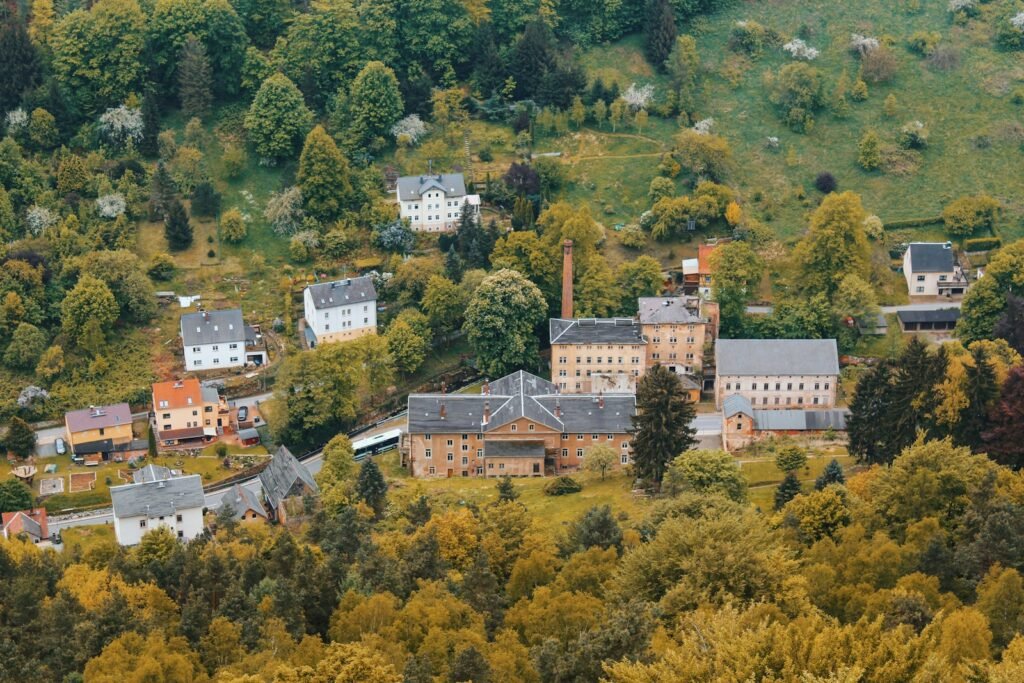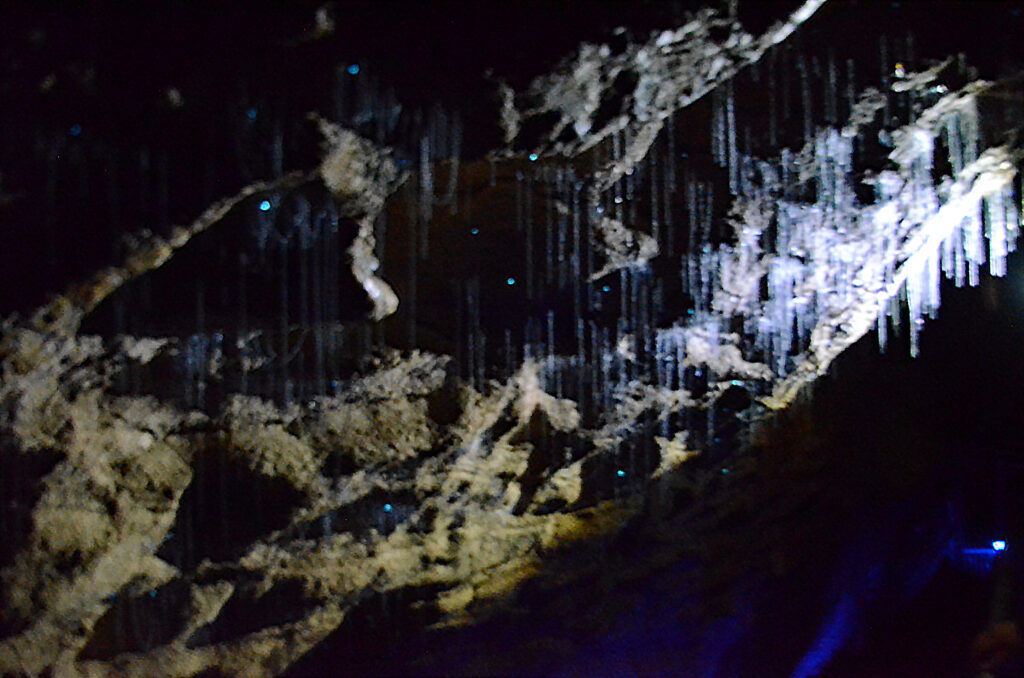As human populations expand, the imprint of human activity becomes increasingly evident across the planet. This growth has led to significant encroachment on natural habitats, posing a severe threat to wildlife. Animals are losing their homes, struggling to find food, competing for dwindling resources, and facing heightened risks of conflict with humans. Understanding the scope and consequences of this issue is essential to addressing its challenges and preserving the delicate balance of ecosystems.
Understanding Human Encroachment
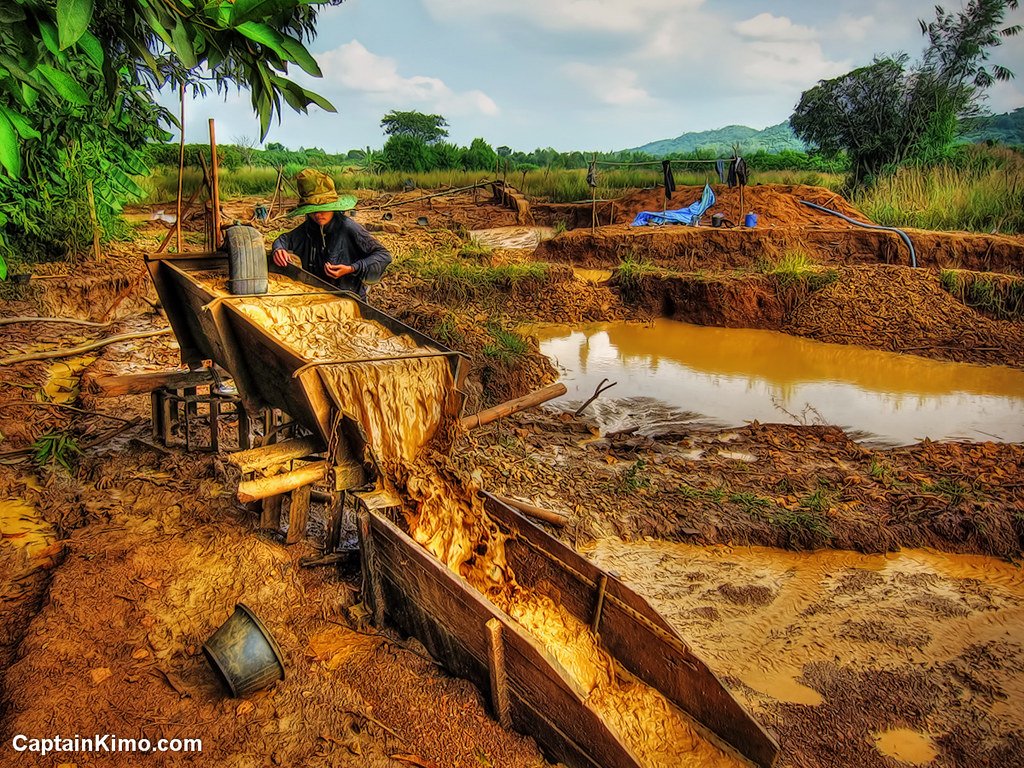
Human encroachment refers to the expansion of human activities into areas previously dominated by nature. This includes urbanization, agriculture, deforestation, mining, and infrastructure development. Each of these activities disrupts ecosystems, leading to the displacement and fragmentation of wildlife populations.
Encroachment often begins subtly but accelerates as development expands. Forests are cleared for farmland, wetlands are drained for housing, and rivers are diverted for industrial or urban use. Over time, these changes erode the natural habitats that countless species rely upon, pushing them to the brink of extinction.
Consequences for Wildlife

The impacts of human encroachment on wildlife are multifaceted. The primary consequence is habitat loss, which forces animals to migrate to new areas, often with unsuitable conditions or existing human occupancy. This movement leads to increased human-animal encounters, sometimes resulting in harm or death to both parties.
Fragmented habitats also lead to isolated animal populations, which can reduce genetic diversity and increase vulnerability to disease and environmental changes. Furthermore, encroachment can alter food chains, reduce water quality, and introduce pollutants that endanger entire ecosystems.
Impact on Biodiversity

The loss of biodiversity is one of the most visible and alarming consequences of human encroachment. Every time a species is driven to extinction, the intricate web of life becomes weaker. Ecosystems lose resilience, making them more vulnerable to natural disasters, climate change, and further disruptions.
The absence of key species, such as predators or pollinators, can lead to cascading effects across entire ecosystems. For example, the loss of apex predators like tigers can cause prey populations to surge, leading to overgrazing and habitat degradation. These ripple effects ultimately harm both wildlife and human communities.
Case Studies of Human Encroachment

Real-world examples vividly depict the extent of human encroachment impacts. In the Amazon rainforest, rampant deforestation for agriculture and logging has led to massive loss of biodiversity and altered global climate patterns. Similarly, the construction of roads and settlements in the African savannas has severely impacted migratory patterns of elephants and other wildlife.
In Asia, urban expansion has severely encroached upon tiger habitats, leading to increased human-wildlife conflicts. These scenarios underscore the urgent need to address these issues through sustainable development and conservation efforts.
Strategies for Mitigating Human Encroachment
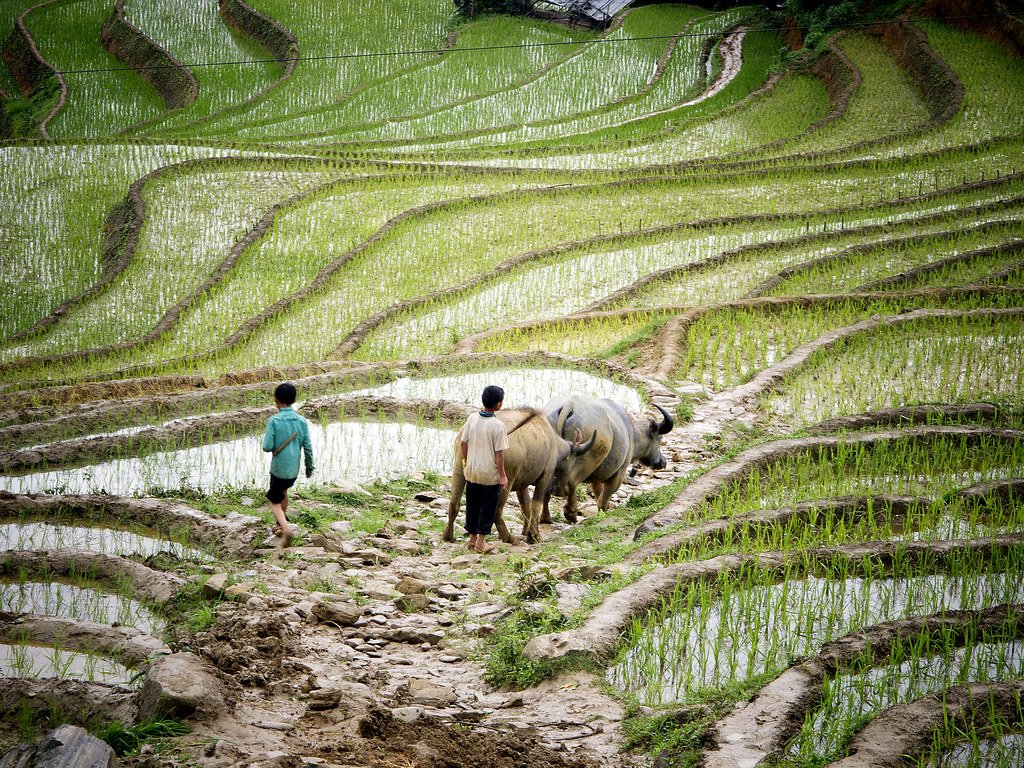
Addressing the problem of human encroachment requires a multifaceted approach. The first step is policy implementation focused on land-use planning that prioritizes the protection of wildlife habitats. This involves setting aside protected areas, creating wildlife corridors to connect fragmented habitats, and promoting sustainable agricultural practices.
Community engagement is crucial. Local communities can be involved in conservation through education and incentives to protect wildlife. Developing eco-tourism initiatives can also provide economic benefits while maintaining ecological integrity. Moreover, stricter enforcement of laws against illegal logging, poaching, and trades can help preserve threatened species.
The Role of Technology and Innovation
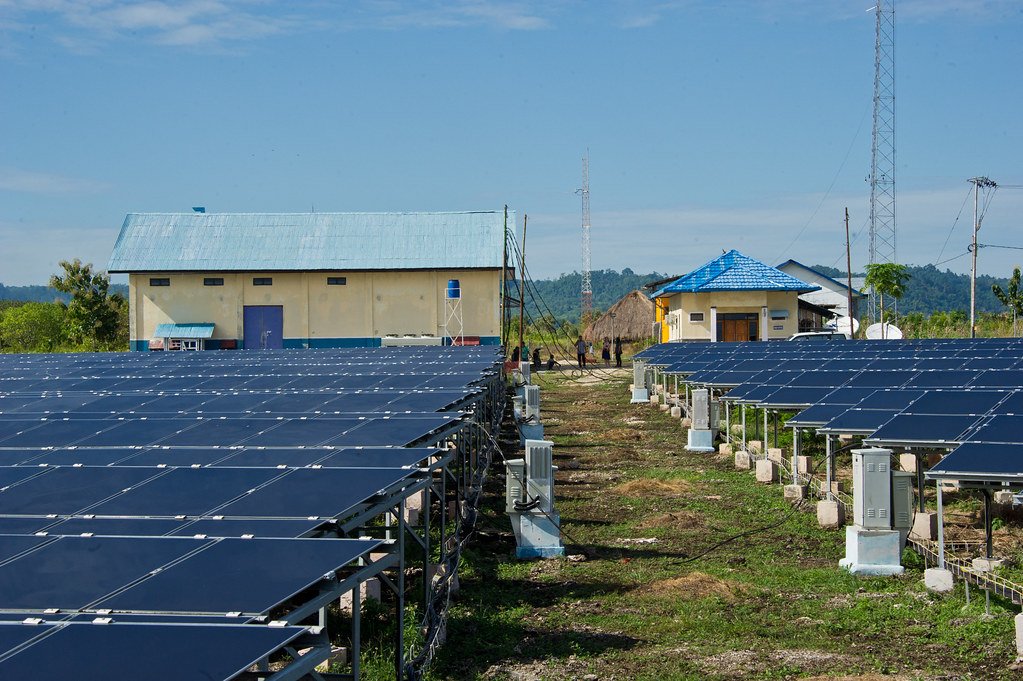
Advancements in technology offer promising solutions to curbing human encroachment. Remote sensing and GIS (Geographic Information Systems) allow for monitoring of land use and habitat changes in real-time, facilitating prompt response strategies. Drones and camera traps enhance wildlife monitoring, while technology-powered wildlife corridors help animals navigate human-dominated landscapes safely.
Additionally, innovations in sustainable agriculture, renewable energy, and green construction can mitigate environmental impacts, reducing the need to encroach further into natural habitats.
Conclusion: A Collective Responsibility

The challenges posed by human encroachment on wildlife are daunting but not insurmountable. By adopting sustainable practices, leveraging technology, and fostering global cooperation, humanity can strike a balance between development and conservation.
Preserving wildlife and ecosystems is not just about protecting animals; it’s about securing the future of life on Earth, including our own. Embracing our collective responsibility to act now can ensure a harmonious coexistence with nature for generations to come.

